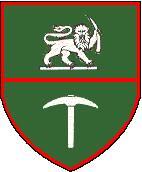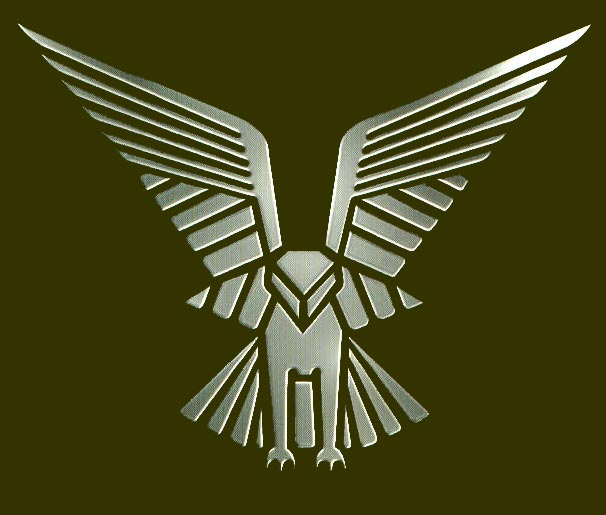|
In 1980 with the end of Rhodesia also came the end of the Selous Scouts, as
we know them. The Selous Scouts can directly trace their lineage down
two roads, the first one being within the Zimbabwe army. The unit to
inherit this lineage is the Zimbabwe PARAS, but for political reasons is
not recognized by most within that organization.
With the coming of the new regime to power many of the Scouts feared for
their life as well as their families’ safety. With many Scouts heading
south to “safety”, a great many chose to stay in Zim and continue
their service in other organizations within the military. The Selous
Scouts among other Special Forces units were disbanded and absorbed into
various other units, one being the PARAs, which was basically what
remained of the black Selous Scouts. Remarkably true to Mugabes words
there was no major reprisals against the remaining military outfits.
The second road you can trace this lineage down and incidentally the one the
“Rhodies” and former Scouts recognize as the most appropriate, is
within the South African Special Forces (SASF); the RECCEs.
The Selous Scouts connection with the SASF was more of a bound,
due to the situation in which both countries found themselves; both
fighting communist expansion, while sharing and employing the same
tactics, techniques and “ideas” of unconventional warfare. But the
Scouts had and employed an unorthodox technique of warfare;
pseudo-terrorist operations which they fine-tuned to an art and science.
The South Africans realizing this “gap” in their curriculum quickly
made arrangements with Rhodesia to correct this problem.
During December of 1976 a handful of operators secretly left South Africa to
attend a course in Rhodesia in training black men in pseudo type
operations, while other went off and trained with other elements of the
Selous Scouts, were they undertook advanced training in tactical
tracking and bushcraft. During this time they learned how to operate
with black members for the first time. This time frame was the
beginnings of 5 Reconnaissance Commando. During the following year
members of 5 RECCEs secretly conducted internal and external operations
in Rhodesia with the S.A.S. and Selous Scouts, to see firsthand how
professionals operated.
By order of the Minister of Defence, 3 Reconnaissance Commando was
established but not activated on the 1st of May 1976, and
maintained as a “paper” unit. In
April 1980, 3 RECCEs was activated with the arrival of over 120 Selous
Scouts in South Africa from Rhodesia. This unit was only activated with
the arrival of the Scouts. When the Selous Scouts and S.A.S. joined the
SASF their Rhodesian Special Forces qualifications were carried over and
accepted, all were awarded the South African Special Forces Operators
badge of the RECCEs. The only requirement they need, was to undergo
retraining in a parachute conversion course to familiarize the Scouts
with the airborne equipment and kit employed by the RECCEs.
Some interesting notes about 3 RECCEs; a distinctive badge was never
authorized for the unit. The Selous Scouts did bring their Regimental
standard with them from Rhodesia, and continued to utilize it to
represent their new home, as well as other items like the famous church
door from Inkomo barracks and a painting of F. C. Selous, which was hung
respectively in the officers’ mess.
On the 1st of January 1981, 3 Reconnaissance Commando and 5
Reconnaissance Commando joined forces to form 5 Reconnaissance Regiment.
With this transition came the finale recognition and tribute to the
Selous Scouts in the RECCEs lineage, that being the influence and
significance of the Shona words “PAMWE CHETE” from the Selous Scouts
motto, meaning “All Together” and the presences of the superimposed
wings of the Osprey, a bird of prey used by the Selous Scouts as their
emblem, being incorporated into 5 RECCEs Regimental unit badge in
recognition of the connection between themselves and the Selous Scouts.
This badge was authorized February 13th 1982.
Within the Zimbabwe Army
they currently maintain no unit with any resemblance or capability like
that of the Selous Scouts. The PARAs are basically formed along airborne
infantry lines, but it is rumored that Zim is possibly standing up or
maintain a S.A.S. type unit, Zimbabwe Special Air Service?
|




